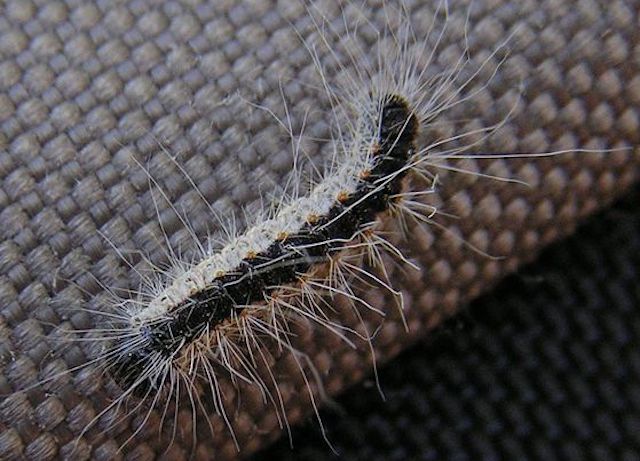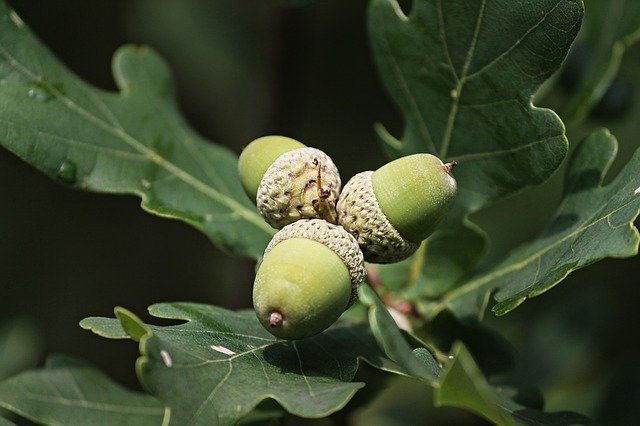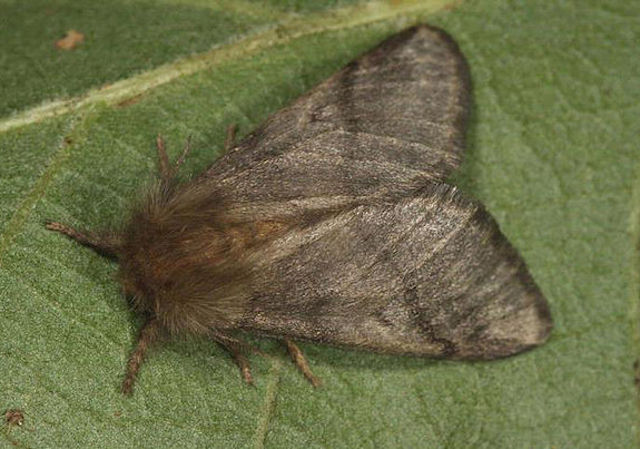Looking for information about the UK oak processionary moth? This is a rare type of bug which most people have never heard of. Despite that they are common in the UK (especially London) and throughout Europe. The reason why they have been given this strange name is simple. It’s because the moth caterpillars travel together in large groups, one after each other, forming a long procession.
What you need to know about the UK oak processionary moth
The most important thing you need to know about these bugs is that they can be extremely hazardous. They are dangerous to both humans and animals such as cats, dogs and livestock. You see, these caterpillars have a defense mechanism known as urticating hairs.

These are essentially bristles which cover the caterpillar. If you come into contact with this bug, the bristles detach themselves and can become embedded in your skin. They are also capable of entering into your lungs and eyes. These bristles are like tiny harpoons and can cause immense irritation, pain and discomfort. Not only that, they are also capable of producing severe allergic reactions and painful rashes.
But that’s not the end of it. The UK oak processionary moth is actually considered a public health problem in the UK. The reason why is because their bristles can often become detached for no reason at all. These bristles are then transmitted through air, water and also soil. As well as becoming embedded in your skin, they contain an urticating toxin known as thaumetopoein.
This toxin can cause a wide variety of health problems. These include lepidopterism, pruritus, conjunctivitis and pharyngitis. The bristles can also trigger asthma attacks and anaphylaxis. It’s easy to get into contact with these hairs. For most people it happens when mowing their lawns or digging in the garden. This is just another reason why you should always garden with gloves on.
Why is it such a problem in London?
Despite its name the UK oak processionary moth is not native to this area. These moths are an invasive species which were first discovered in 2005. According to researchers they were brought into the London area via oak plants imported from Europe. The invaders were able to thrive in areas such as Highgate Wood, Hampstead Heath and Queens Park. These areas contain large numbers of oak trees in which the moths soon took up residence.

The UK oak processionary moth then spread to all parts of London and is a major problem today. In fact, the government has spent more than £40 million attempting to eradicate this nuisance. These include measures such as the spraying of all oak trees in the capital, and also physical inspection of trees. Regardless of these measures, the moths are now said to be spreading beyond London.
The problems go beyond London
This is a big problem for forestry. These moths feed on oak trees, stripping bark and causing significant damage. In many cases they actually end up killing the tree. While they prefer oak trees, the UK processionary moth is also known to feed upon birch, beech and hazel.

The caterpillars attach themselves to trees and build a large bag like nest which surrounds an area of the tree. This can include either the trunk or branch. From there they begin to feed and eventually turn into moths.
These moths are also considered dangerous because they have no natural predators. The UK oak processionary moth originates in the south of Europe. In this region it’s numbers are controlled by predators such as birds, ants and beetles. Besides the health risk, this is another reason why this bug has become such a nuisance.






